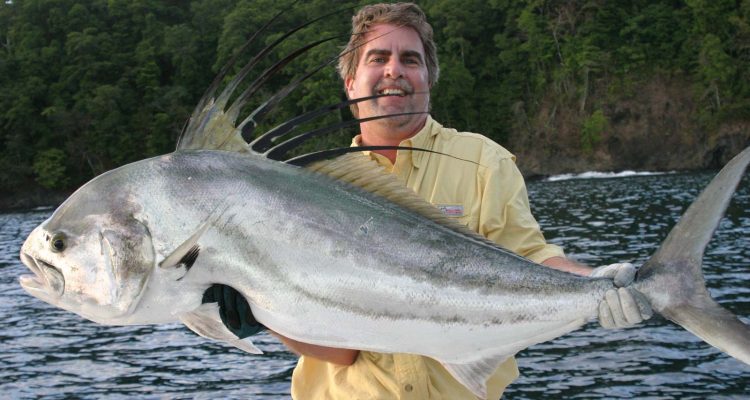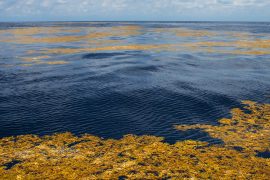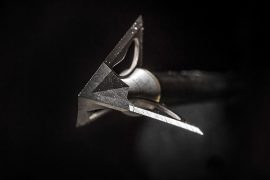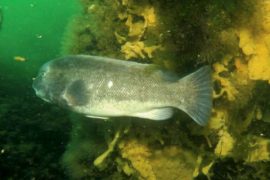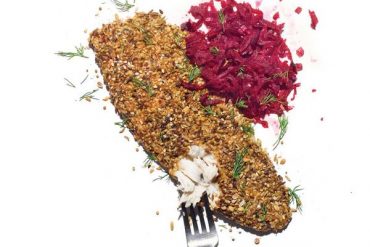
The blast of 85-degree air was welcomed by our group of anglers disembarking from Copa Airline flight 312 in Panama City, happily leaving behind a particularly harsh, cold New England winter. The first leg of our trek to Pesca Panama was complete, and following an overnight stay at the Veneto Hotel and Casino in Panama City, we would board an Air Panama flight to the northern Panama city of David. There, the Pesca Panama staff was waiting to whisk us off to the 26-foot center consoles that would be our fishing platforms for the week.
After a short run up the river and into the gulf of Chiriqui, we arrived at our home for the next five days, the Pesca Panama motorized barge. Onboard, the accommodations weren’t luxurious, but they certainly weren’t Spartan. Each of the four four-bunk rooms was air-conditioned, and there were two full bathrooms with showers of unlimited hot water. The bow of the barge held a common eating area and, more importantly, the bar where Jaime, the bartender, was always quick to have our favorite beverages ready for us the moment we stepped aboard the mothership.

After a quick lunch of fresh fish, we changed into our fishing gear and set off for a half-day of fishing. I didn’t really need to pack much, as the only activity on the agenda was fishing. I packed two pairs of technical fishing shorts from Old Harbor Outfitters—they have built in buckles for a fighting plate so you never have to wait to put one on when a fish strikes. I also packed the usual sun protection: Costa del Mar polarized sunglasses, my lucky hat, and a Calcutta neck gaiter. The most important piece of equipment I packed was a set of knee pads. You spend a lot of time fighting powerful fish with your knees braced against the gunnels; without knee pads, what is an annoyance on day one becomes a painful proposition by day four.
It was not long before we spotted a school of bonita breaking the surface. Medium-sized Deadly Dick’s proved irresistible, just as they do on false albacore back in the Northeast, and soon we had landed several on light tackle. Bonita serve as both live and chunk bait in Panama, depending on the target species. That afternoon, they were to be used as chunk bait for bottom fishing.
Arriving at the bottom-fishing spot, I sent a large chunk on bonita to the bottom on a circle hook. I was using a spiral-wrapped rod I made from a Hercules Super Seeker blank that was fitted with a Shimano Talica 25 reel. I had this spooled with 100-pound-test Power Pro Hollow Ace braided line finished with an 80-pound-test wind-on leader. I felt that with this set-up, I was ready for whatever Panama had to offer.
It was not long before a telltale nibble alerted me to the presence of a hungry fish. However, when the fish devoured my offering and ran, I was unprepared for the violence of the strike. After I counted to five and pushed the lever drag forward, the rod bent to an impossible angle and I nearly went for a swim. I eventually gained command of the fish and was rewarded with the orange glow of a 60-pound cubera snapper—and our week was just getting started.

Pesca Panama operates in the Coiba Island chain in the Gulf of Chiriqui on the Pacific coast of Panama. The topography of these islands is reminiscent of the opening scene of “Jurassic Park.” You can almost imagine a Cretaceous-period reptile bursting through the jungle. The coastlines of the islands are rocky volcanic outcroppings capped with green vegetation. Waves…

